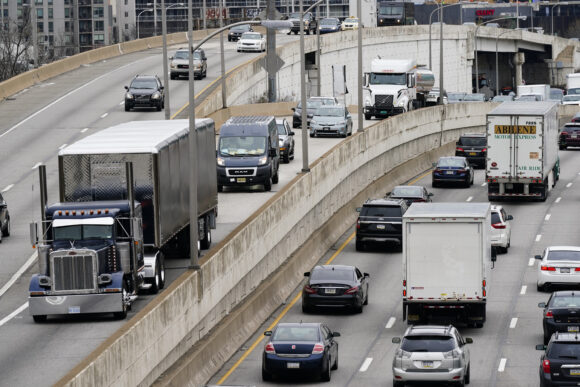Auto insurance shopping volume set a new record for the second consecutive quarter, according to a new report that shows the number of U.S. consumers shopping for auto insurance was up 7% compared to the same period a year ago.
This trend is being driven by rising insurance premiums, which have motivated consumers to shop for lower rates. However, for the first time since December 2021, the month-to-month Consumer Price Index for Motor Vehicle Insurance fell—a 0.2% drop that occurred between April 2024 and May 2024, according to the report from TransUnion.
The shift could signal that insurers are approaching rate adequacy and prospective loss trends could be moderating, according to TransUnion’s quarterly Insurance Personal Lines Trends and Perspectives Report.
One means for carriers to improve profitability is by leveraging court and motor vehicle records to assess driving history. Beginning with the pandemic, states across the U.S. began issuing fewer traffic violations, which insurers have used to price and underwrite risks, according to the report.
Due to a lower number of violations issued, auto insurers have been capturing fewer dollars in surcharge premiums, contributing to negative premium trends. TransUnion estimates the declining volume of traffic violations starting in 2020 has cost the auto insurance industry an estimated $200 million per year in lost premium capture.
More states have also adopted automated traffic enforcement—17 of the 27 states that currently use automated traffic enforcement prohibit the use of these violations in insurance rating and underwriting. As a result, from 2019 to 2023, states with automated enforcement saw a 25% decrease in violations compared to a 5% decrease in states without, according to the report.
In 2019, 42% of accidents involved drivers who had traffic violations within the prior three years. In 2022, that number jumped to 51%, so the predictive power of using prior violations to project future auto insurance losses has increased during this period despite a lower number of total violations issued, the report asserts.
Fewer violations, unusable automated traffic citations and a lack of inter-state violation history sharing hinders insurers from accurately pricing risk, according to TransUnion.
Trends and Perspectives Report research is largely on TransUnion’s extensive internal data and analyses, and it includes information on insurance shopping transactions from January 2023 to June 2024.
Was this article valuable?
Here are more articles you may enjoy.


 OpenAI And Microsoft Sued Over Murder-Suicide Blamed on ChatGPT
OpenAI And Microsoft Sued Over Murder-Suicide Blamed on ChatGPT  How Three New CMS Policies Impact Workers’ Comp Claims
How Three New CMS Policies Impact Workers’ Comp Claims  Atmospheric River to Flood Pacific Northwest Through Week
Atmospheric River to Flood Pacific Northwest Through Week  Verlan Files Subro Suit Against Georgia Chemical Plant After $20M Payout on Fire
Verlan Files Subro Suit Against Georgia Chemical Plant After $20M Payout on Fire 